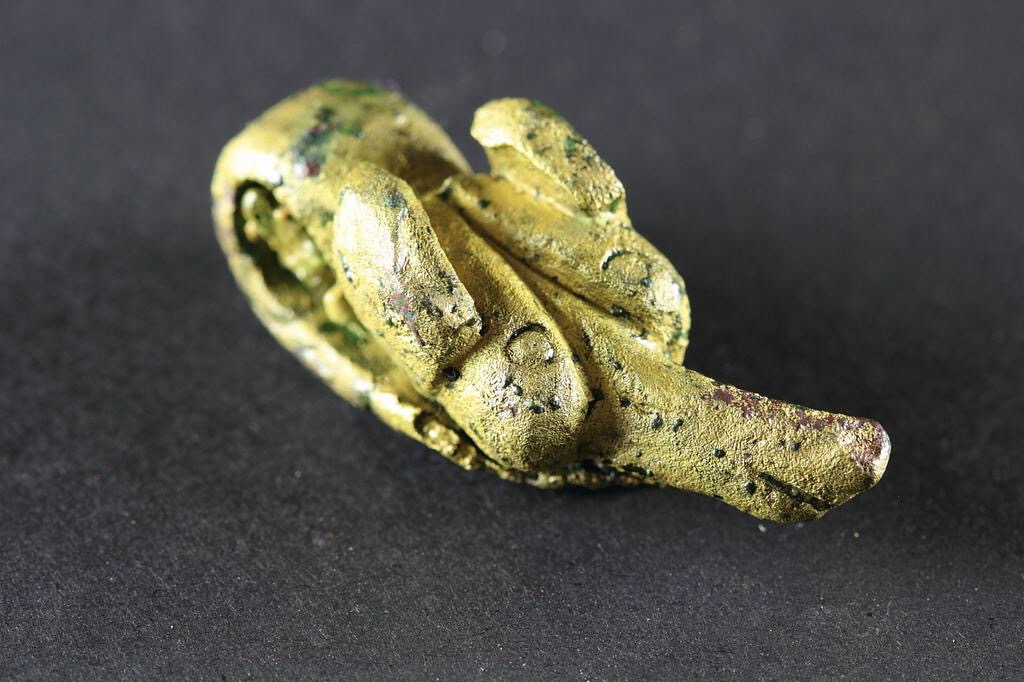
Zoom in on Finds
A RFG Member only seminar, the fifth in our series of evening seminars (18.00 – 19.15).
Roman and late antique footwear in the UCL Petrie Museum of Egyptian Archaeology
Jo Stoner: University of Kent, Canterbury
The UCL Petrie Museum of Egyptian Archaeology in London contains a broad range of artefacts from prehistoric to Islamic Egypt; in particular, it forms a valuable resource on everyday organic objects from Roman and late antique Egypt. This paper focuses on items in the collection excavated from sites across Egypt at the turn of the 20th century. The challenges of undertaking research on artefacts from excavations of this period, many of which suffer from missing contextual information and scholarly biases, will be discussed alongside a consideration of what kinds of research questions can fruitfully be asked of this kind of material. Along with comparative material from other collections including the V&A and British Museum, discussion will turn to the surviving decoration on Roman and late antique shoes from Egypt, the regionality of such designs, and its cultural significance.
Dress objects and the life course in Roman and Late Antique Egypt
Ellen Swift: University of Kent, Canterbury
Dress objects play an important role in the construction and communication of life course identities in many societies world-wide. This paper considers how they may have functioned in this way in Roman and Late Antique Egypt, drawing on new research focused on the collection of the Petrie Museum of Egyptian Archaeology, London, which contains hundreds of dress objects from this period from old excavations. Most of these objects have not been the subject of any research. Artefact types examined include bracelets, torcs, hair pins and necklaces, mostly in ordinary materials like copper alloy, iron and glass. Many of them date to the late antique period, 5th-7th centuries, and illuminate a shared late antique culture across the Mediterranean region. Drawing on design theory, ideas of object biography, and anthropological studies, the paper will utilise evidence from first-hand museum study of the artefacts to explore the importance of dress objects in transitions between life course stages, and in the creation of embodied identities, especially within the family.
What about Meroë? Roman glassware and gaming across Egypt’s Southern Frontier
Henry Cosmo Bishop-Wright: University of Exeter
In the summer of 30 BCE Octavian entered Alexandria and claimed Egypt for the nascent Roman Empire. This fertile land stretched from the Nile Delta in the north to the frontier settlement of Aswan in the south. The territory beyond this frontier harboured the Kingdom of Meroë which, for three centuries, existed as Rome’s independent and relatively amicable southern neighbour. Focussing on Roman glassware and gaming, this paper examines a selection of small finds from a Meroitic cemetery situated some 250 km beyond Rome’s southernmost frontier, in what is now Sudan.
- This event has passed.


